From Kraken: "Our goal with these sessions was to use improvisation as a means to develop chamber music skills. Before each piece, we set a goal for a performance technique we wanted to emphasize. For example, we would set out to pay close attention to ensemble balance for a piece, or to focus on group phrasing. In the first video, the technique of choice was cueing. We set out to lock onto cues, both visual and aural, as a means to trigger musical change. Throughout the piece, we had moments of sudden group shifts and moments of gradual progress. If this were a composed piece, we would spend rehearsal time assigning cueing roles. We wanted to use this same strategy in an improvised setting." "For the second video, we decided to work in groups of two or more players to create a unified texture within the piece. As we began improvising, hockets started to emerge and this directed much of our playing. Groupings ended up changing very frequently, but our ensemble listening focused on fitting into one another’s parts." I highly encourage everyone to go take a listen to what this group is up to. They are a great group of dudes that can really play and I hope they continue to make music together for a long time! Check out this feature with Vic Firth, which was recorded and shot by Evan Chapman!
0 Comments
#improvise 5 with Jaren Angud: application of keyboard ideas using scales, keys and intervals7/12/2016 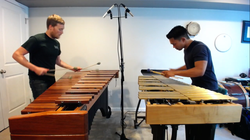 Welcome to part two of my session with guest, Jaren Angud! (if you haven't checked out the first part yet, you can do so by clicking this link). Since I have already covered how to get started improvising on pitched instruments during post 3, this post will be directed at applying those concepts while also touching on the subject of group improvisation. When you improvise with other people, you must be an active listener. The more you process what is happening around you, the more possibilities for music-making will be available. It is the same reason why chamber and Jazz combo musicians work without a conductor. If everyone is listening to one another, you don't need one! Once you are able to truly listen and play, choices must be made. If someone is... -Staying up in the high register, go lower to free up some of those frequency levels -Playing staccato notes/dead strokes, you have a choice to follow that texture or do the complete opposite (rolls, full resonant strokes) -Playing at a loud dynamic, you may do the same...or may not -Using the entire range of their instrument, you may just stick to one octave In some cases, it may be interesting to try ignoring the other people, however if that approach is applied for too long the communication of the group will be lessened. All of the above (and more) were aspects that Jaren and I faced during these sessions. In the videos below, you will see what we did/did not do while in the moment. In improvise 5a, Jaren and I used one chord as inspiration. We may have occasionally strayed, but it was our "home base". Some people would call notes outside of the main chord wrong. We like to think of the notes outside of our chord as color tones that build tension (see what I did there?). Once you can free yourself of the fear of playing wrong notes, you will find that improvisation on keyboard instruments is much less stressful than you think. Through building up the ability to navigate your instrument well, it will also allow you to get out of tough situations during live performances where stopping and restarting is not an option. One of my mentors used to say that professionals make mistakes too, but recover a lot faster than everyone else! Parameters: Db Lydian Scale Song-Like Sometimes by putting a limitation on what you do can cause exploration of new places. In fact, many of my own compositions were created that way. You will hear how we do this during improvise 5b. Some of the new sounds came from playing on nodal points, lifting marimba bars while playing, hitting the frame/resonators, using deadstrokes, using rolls/rudiments and experimenting with strange "bow" sounds. Parameters: Each picked one note, but didn't tell each other what was chosen Static Octave-displacement In 5c, we chose to bring back the "can" idea, where we picked words at random that guided our music-making. This time, we even show the process of picking cards on camera...so sorry for the silliness...actually I'm not. You are welcome... Parameters: Major 7th interval (G and F#) Groove-based Middle dynamics 3 minute time limit Is anyone else motivated to improvise yet? I promise that it will bring you closer to your instrument and elevate your technical, musical and performance abilities. Let me know what you think below and feel free to share your own sessions with me through email or on social media. Do it!!!!
The cards picked for performance #1: -rhythmic/groove-oriented -vary dynamics The cards picked for performance #2: -sparse/gestural -loud dynamic The cards picked for performance #3: -rhythmic/groove-oriented -vary dynamics -sparse/gestural Performance #4 was actually sparked by experimenting with the snare drum in #3. We wanted to explore long notes/the roll. This is a real example of how one session can inspire another! The more time we spend with our instruments, the more possibilities come to the surface. I hope you enjoy this new direction of my blog and I can't wait to share all of the experiences and music with you all!!
|
AuthorAnthony Di Bartolo is a New Jersey-based percussionist, composer, and educator. Archives
June 2019
Categories |
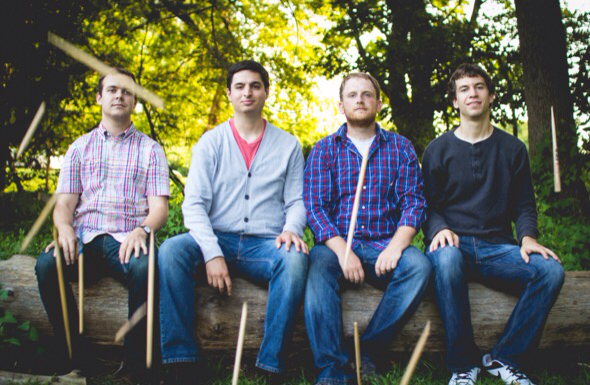
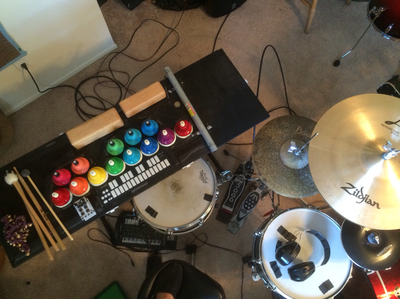
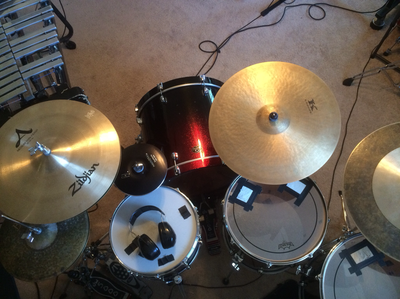
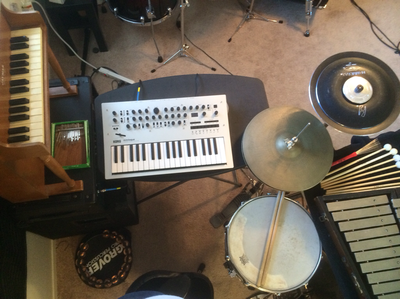
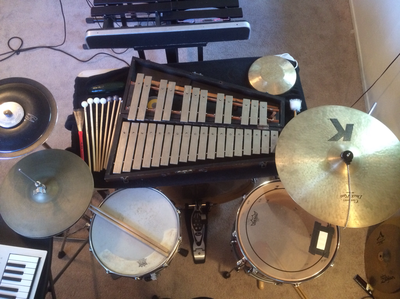
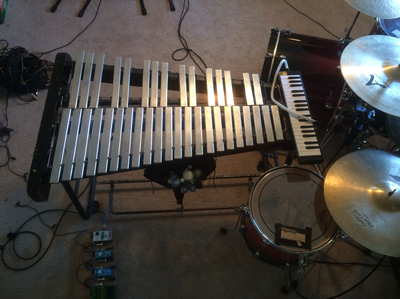
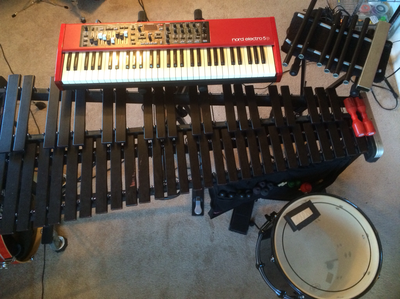
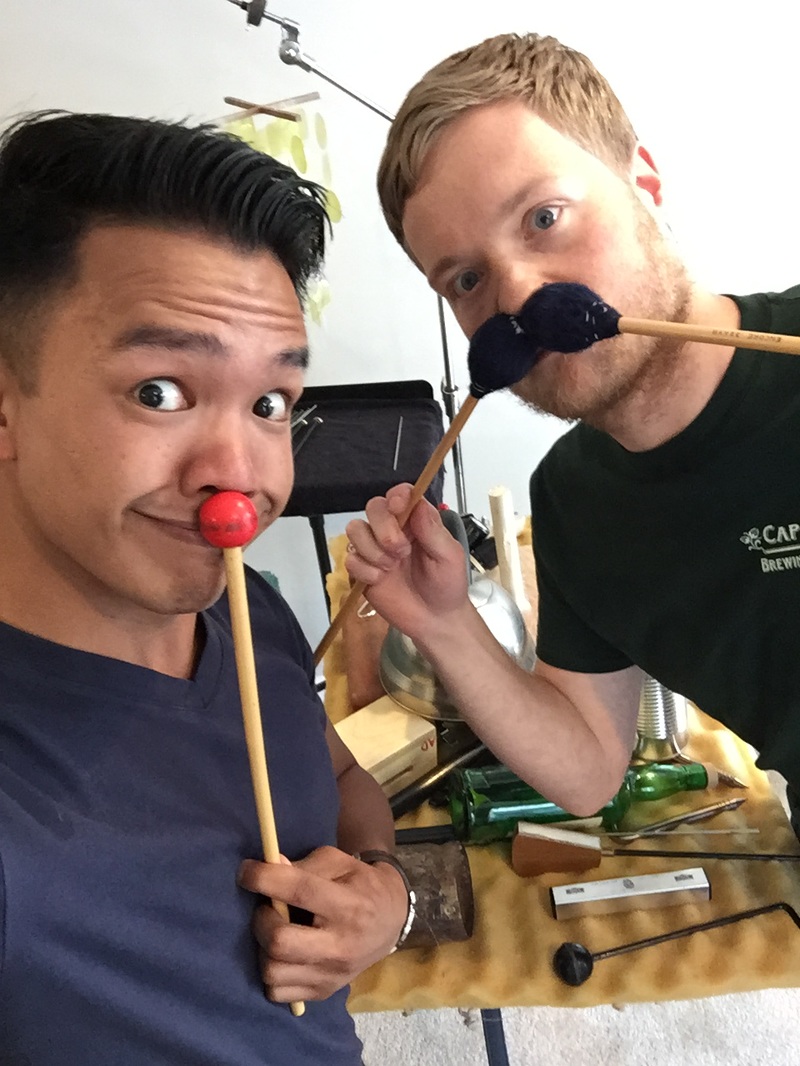
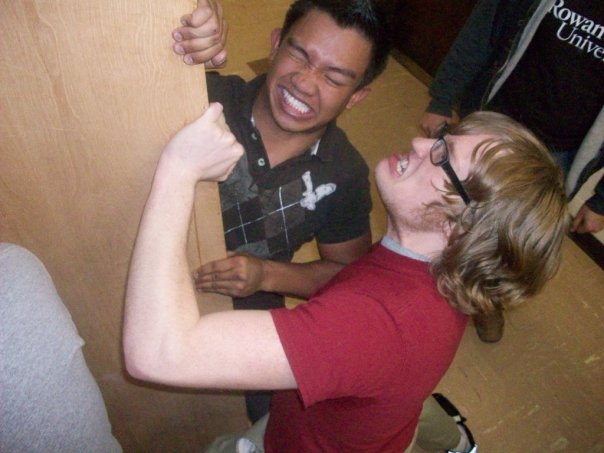
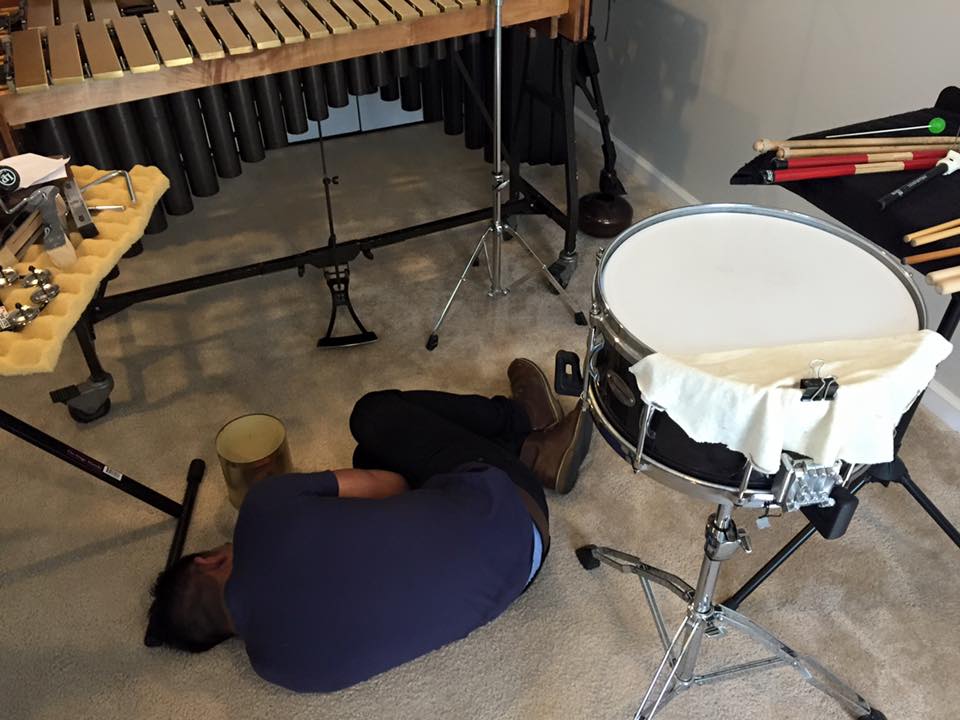
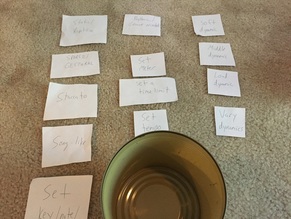
 RSS Feed
RSS Feed